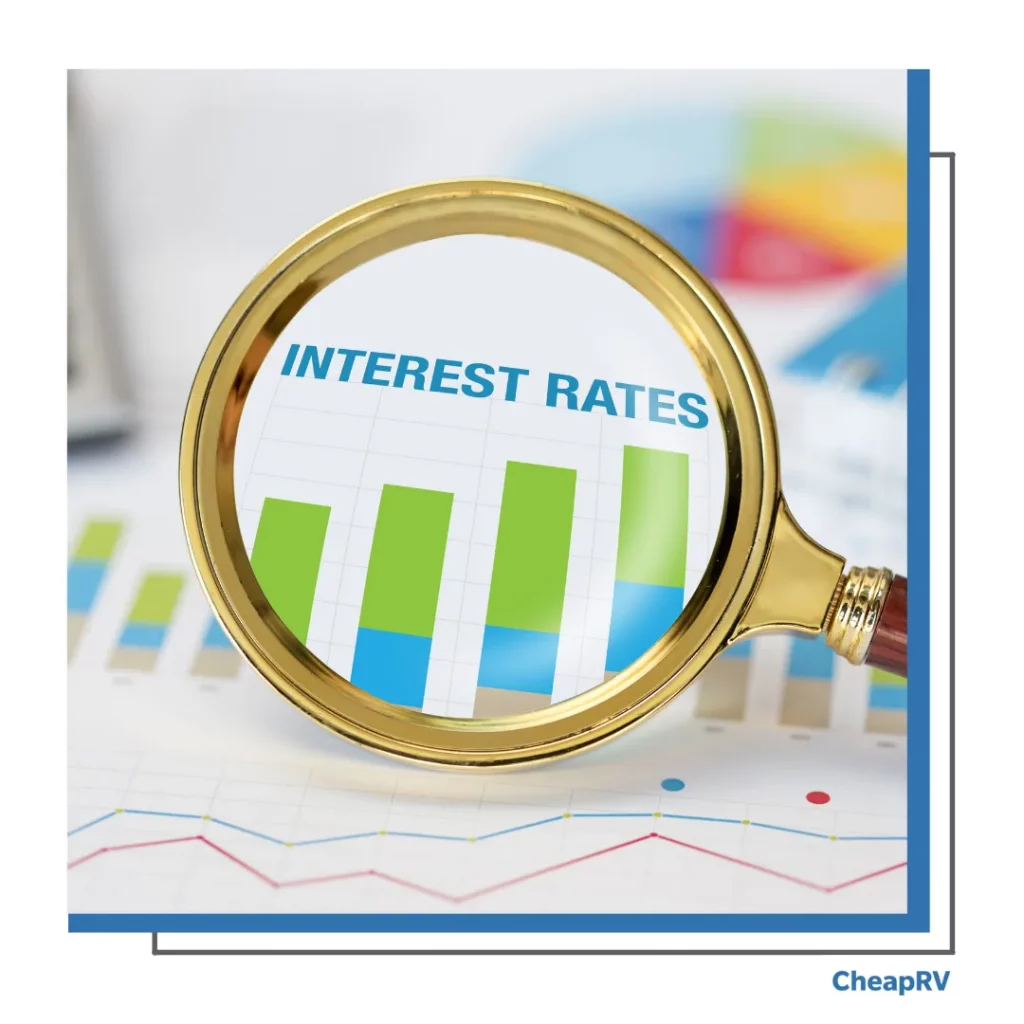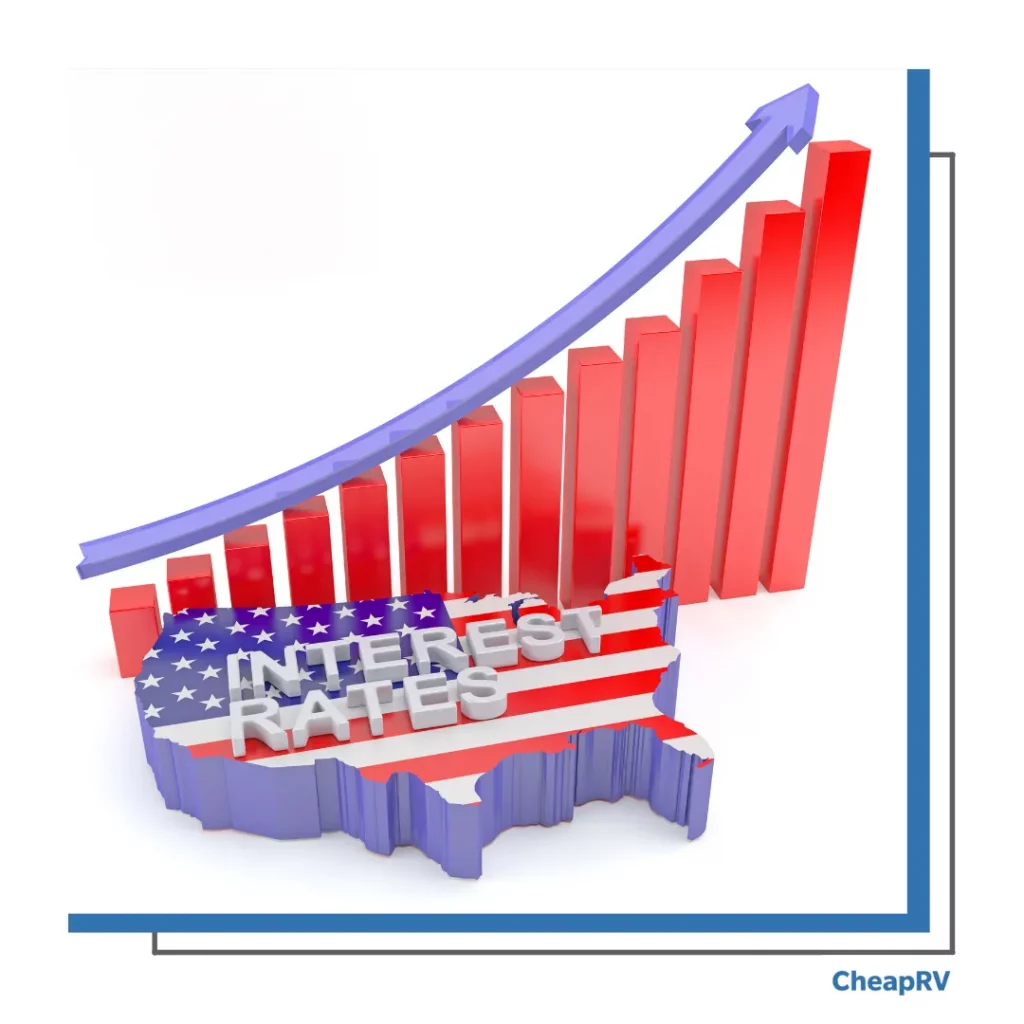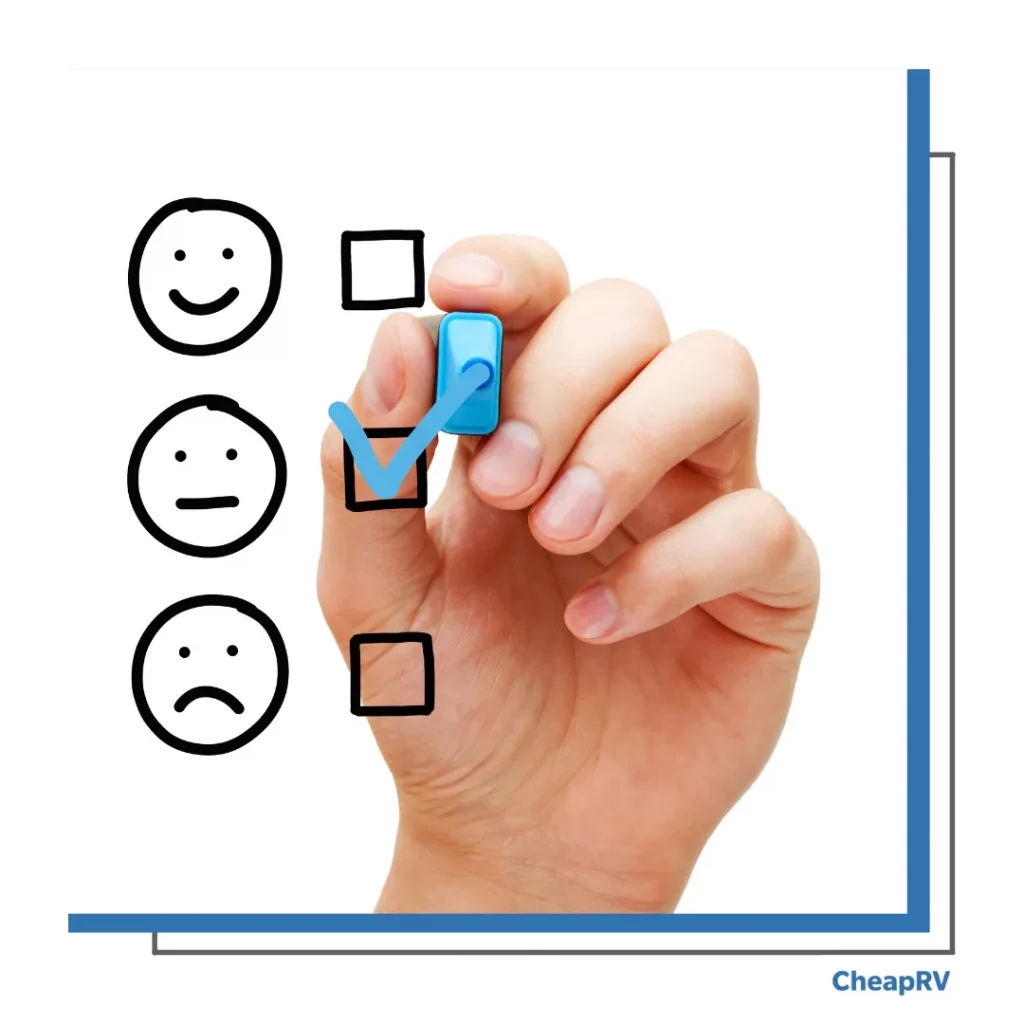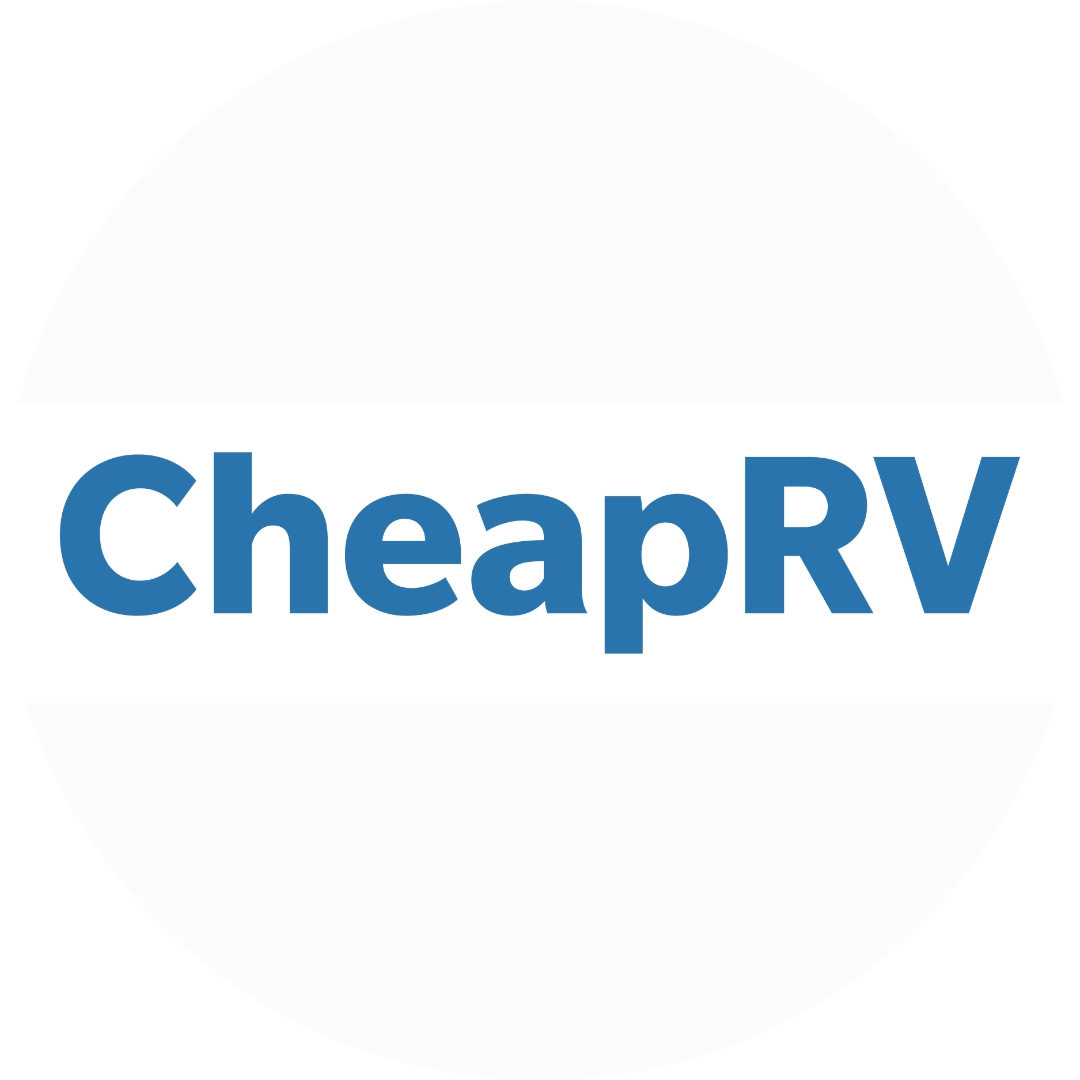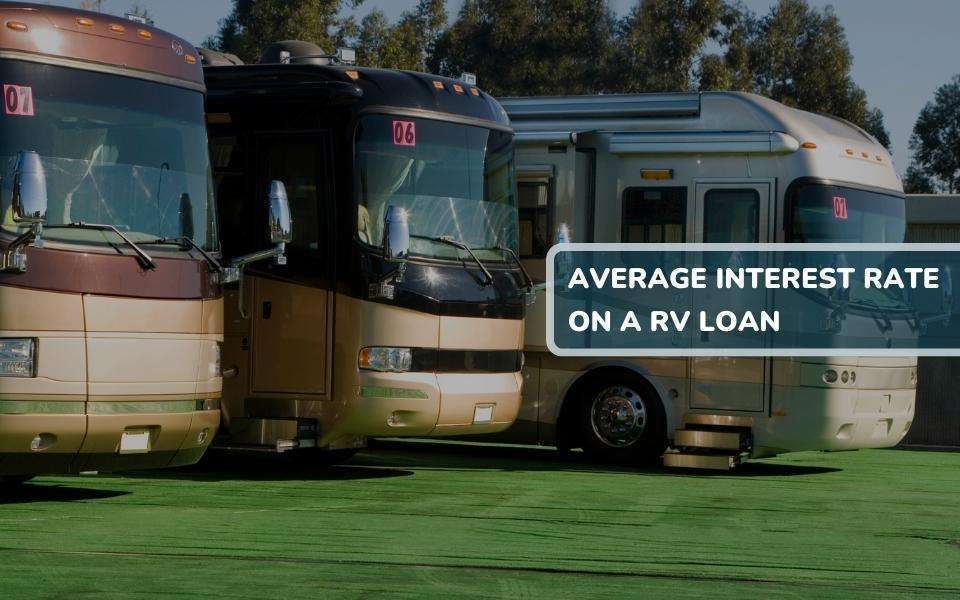
What is The Average Interest Rate on RV Loans?
The Average interest rates on RV loans are changing every day.
RVers taking an RV loan are usually faced with the dilemma of high-interest rates. Compared to regular car loans, RV loans attract a higher interest rate. So, before taking a loan to buy that RV for your upcoming vacation, you should know the details of RV loan interest rates.
You’re in luck because this article will detail the average interest rate associated with RV loans and other aspects attached to them.
What Is The Average Interest Rate On An RV Loan?
Standard RV Loan vs. Bad Credit Loan
|
Factors |
Standard RV Loan |
Bad Credit RV Loan |
|
APR or Starting Interest Rate |
3.99% – 5.99% |
7.95% – 15.95% |
|
Minimum Credit Score |
Need Good Credit Score |
550 |
|
Maximum loan Term |
240 Months |
150 Months |
|
Maximum RV Age |
15 Years |
15 Years |
Current RV Loan Rates And Terms
Depending on the type of RV you want, loan periods and prices will vary. On top of that, always check with dealers for special deals when buying a new RV or used RV. Also, compare all financing options available to you before signing any papers or handing over a down payment.
Here are the best rates and terms of RV loans you can currently find on the market:
|
Company |
Starting Range of APR |
Minimum Amount |
Maximum Amount |
Terms (Months) |
|
Great RV Loan |
3.99% – 17.95% |
$10,000 |
$2,000,000+ |
60 – 240 |
|
Good Sam |
4.24% – 9.99% |
$10,000 |
$2,000,000+ |
60 – 240 |
|
LightStream |
4.49% – 11.89% |
$5,000 |
$100,000 |
Up to 84 |
|
Southeast Financial |
5.49% |
$10,000 |
$1,000,00 |
60 -240 |
RV Loans vs. Home vs. Car Loans
RV loans are one of the most popular financings for recreational vehicles (RVs). But, unfortunately, they’re also one of the most misunderstood.
It’s easy to get car loans, but Home loans are much bigger, so they are much harder to get. Banks consider RV loans a luxury; thus, they can be hard to get.
Most banks do not offer RV loans because they view RVs as luxury items. Most people who own an RV use their vehicle for recreational purposes, and the bank views it as a “toy” that can be easily repossessed if you don’t pay your bills.
RV loans are hard to get and are held to almost the same standards as a home loan. Most banks consider RVs as “big ticket” items and require proof that you have enough money in the bank (or in retirement accounts) to pay off your debt if something goes wrong with your RV.
The main difference between an RV loan and a home or car loan is that with an RV loan, you’re borrowing money against something that has no resale value. So if you don’t pay off your RV loan, there’s no way for the bank to recoup their money beyond repossessing and selling your RV — and if they can’t sell it at auction, they’ll still lose money on the deal.
Factors That Influence The Interest Rate Of An RV Loan
Besides its difference from regular loans, several factors can influence an RV loan’s interest rate. Some of these include:
Credit Score
The main factor that influences the interest rate of an RV loan is your credit score. You’ll be given a lower interest rate if you have a good or excellent credit score. Many financial institutions require a 640 Credit score or even 700.
If your credit score is below 640, your lender can approve your loan with a higher than the normal interest rate. This higher interest rate is designed to offset the risk the lender would take if they approved you for an RV loan with a low credit score.
Loan Amount
RV loans usually require huge amounts of money because of the cost of RVs. And the higher the loan amount, the lower the APR. For example, if you get a loan from Good Sam, the APR would be between 6.19% to 7.69% for loans below $50,000. But a loan of $75,000 would attract an APR between 4.59% – 5.35%.
It means that for every $1,000 borrowed above $50k, you will pay only 1/2 point less in interest than you would if you had borrowed only $50k initially (if both loans have a 30-year term). So, if you can afford it and your RV is worth more than $50k, consider increasing your loan amount to get a better interest rate from most lenders!
Loan Term
Another factor that affects RV loan interest rates is the length of the loan or loan term, which is also known as the maturity date. The longer the maturity date, the higher the risk banks perceive in lending to you.
Banks believe that the longer the loan term for an RV loan, the higher the risk. Therefore, if you need more time to pay off your RV loan, you may be able to borrow less money and keep your monthly payments low.
On the other hand, if you need only a few years to repay your loan, you may be able to borrow more money and enjoy more options for paying it off early.
The average RV loan term ranges from one to three years and usually carries a variable interest rate tied to an index such as LIBOR or Prime Rate. However, some lenders offer fixed-rate RV loans with terms ranging from five to ten years.
Tips For Getting an RV Loan:
RV loans usually come with high-interest rates and are much more challenging to pay back. But there are some tips you can apply to help you secure your RV loan.
Here are some of these tips:
Beat The Rates on RV Loan
The biggest issue with getting an RV loan is the rate. Banks do not want to give RV loans to people they think cannot make the payments.
The rates are also high because banks charge more for riskier loans. But, on the other hand, it means that if you have been dealing with banks for a long time, you will already know the terms and conditions of their loans.
The best way to beat these high rates is by contacting multiple banks and comparing their rates before making any decisions. You can find out about these rates from your bank, credit union, or one of the many online lenders offering RV loans.
Some of these lenders will even provide you with information about what you can expect from different lenders, making it easier to decide which lender to choose.
You can then try to convince your previous lender or bank to match your rate if possible. You may also be able to negotiate with them if they see that there is no reason why they should not offer you an RV loan at the same rate as before.
First, Save Up
You can’t buy an RV without a loan, so it’s essential to start saving money as soon as possible. It doesn’t mean you need to be able to put 20% down on your dream RV; instead that you should have enough money saved up for a down payment.
There are many reasons why you should save up before buying an RV, but here are three of the most important:
When you save money, banks will be more willing to lend you money. The reason is that they know that if something goes wrong with your finances — or if your plan doesn’t work out — they’ll be able to get their money back from you. If they don’t think they’ll get the money back, then they’re less likely to lend it out in the first place.
When you save money, you’ll be able to pay back the loan more quickly. If there’s no equity built into your loan and no collateral backing it up (such as a house), then lenders will look at how much money you make each month and how much debt already exists on credit cards or other loans.
RV Loan Calculator Terms Guide
Common Terms Used For RV Loan Calculators
Unit Price
The unit price is the price of one RV. The unit price is usually stated as the amount you will pay for each month or year. It is calculated by dividing the total cost of the RV loan by the number of years in the loan period.
It will give you a monthly payment amount that you can use in your RV Loan Calculator to get an idea of your monthly payments. In addition, the unit price is an excellent way to compare different loans because it lets you see how much each loan will cost you, regardless of its length per month.
Interest Rate
The interest rate for an RV loan can vary depending on the institution, but it will be in the range of 4% to 20%. If you are considering an RV loan for a new or used recreational vehicle, it is essential to understand how the rate is calculated.
The interest rate is typically expressed as a percentage of the amount borrowed and includes the costs associated with borrowing money from a financial institution. Therefore, it is dependent on a borrower’s credit.
Typically, average interest rates are tied to the prime rate set by the Federal Reserve Board each month. The prime rate is often used as a benchmark when determining interest rates because it reflects market conditions and is used as a reference point by lenders.
Payment Term
The payment term or APR is the length of time in which you make monthly payments on your loan. For example, a car loan with a six-year payment term will require monthly payments for six years, while an RV loan with a two-year payment term would require monthly payments for two years.
Down Payment
The money you pay upfront toward the down payment will depend on your creditworthiness and the loan amount you want.
Typically, a down payment of 20 percent is needed for an RV loan. However, some lenders will offer loans with lower down payments if you have excellent credit.
Final Words
The question of the average interest rate on RV loans ultimately comes down to whether you’re buying your RV outright or taking out a loan to finance it. In other words, it depends on your situation.
The interest rate you will ultimately receive is based on various factors. The dealer you choose to deal with will have more influence over your rate than most other factors. That’s not to say that getting a good deal on an RV loan is impossible but paying attention to these basic principles will help you in your efforts.
